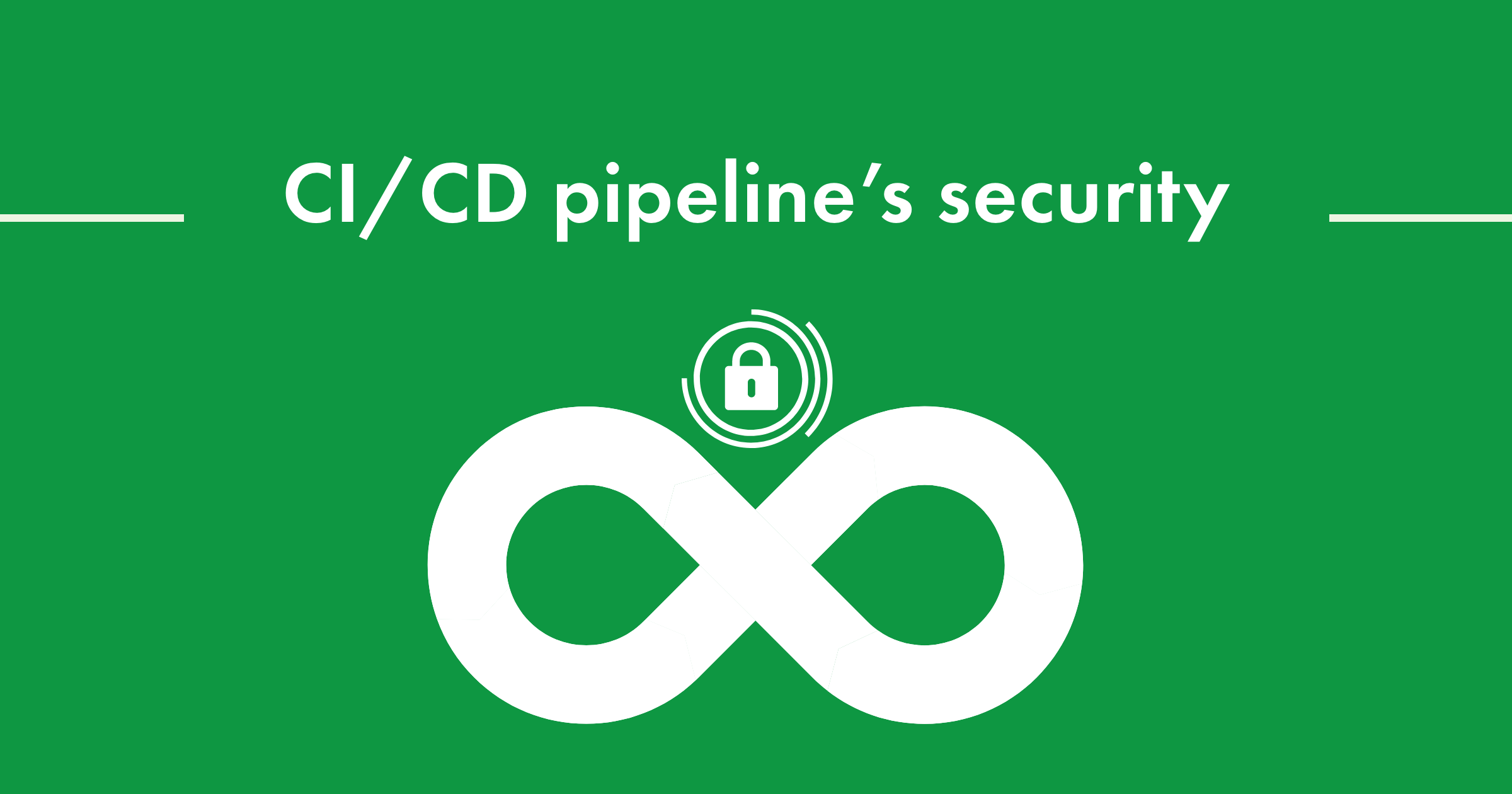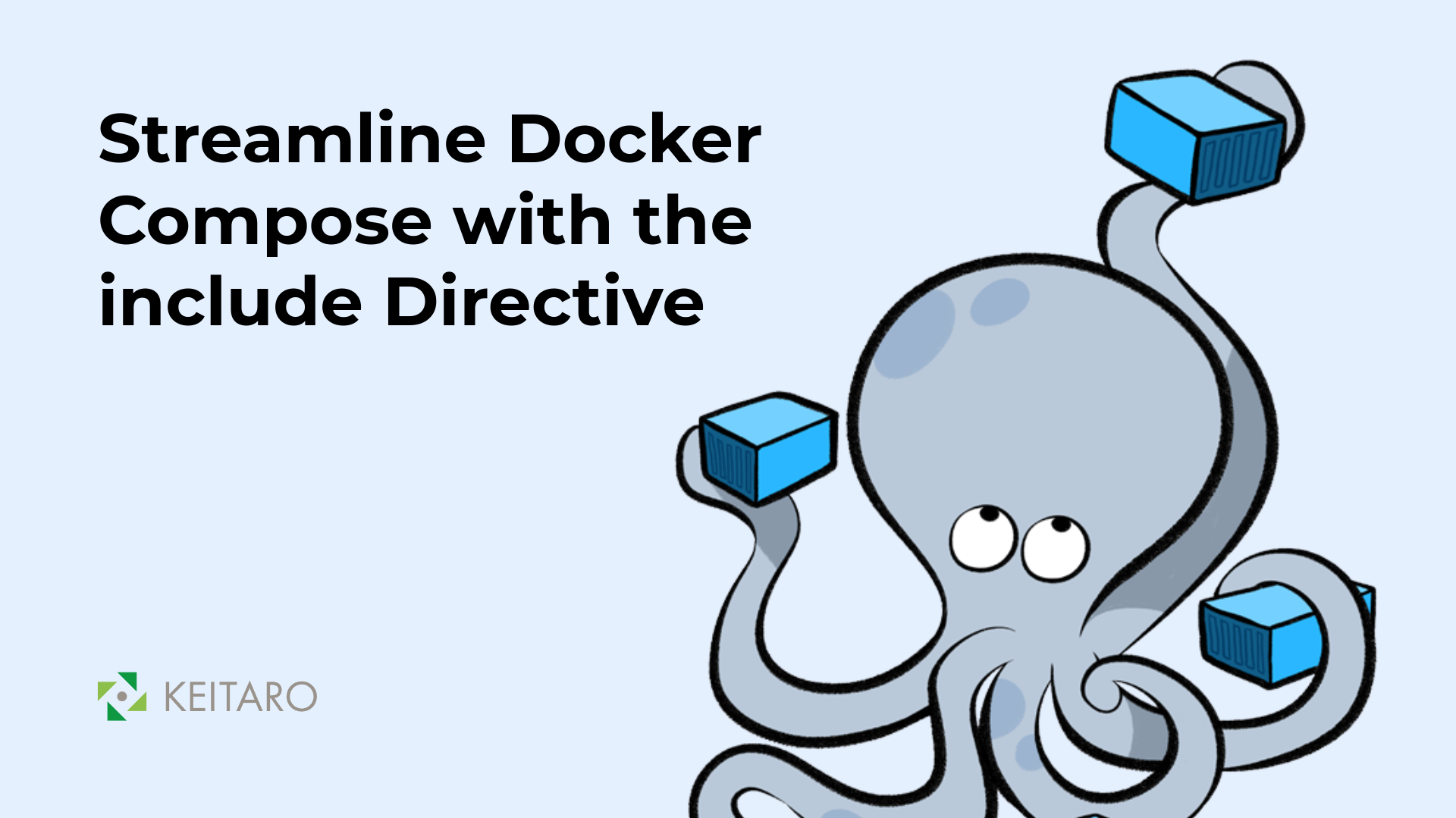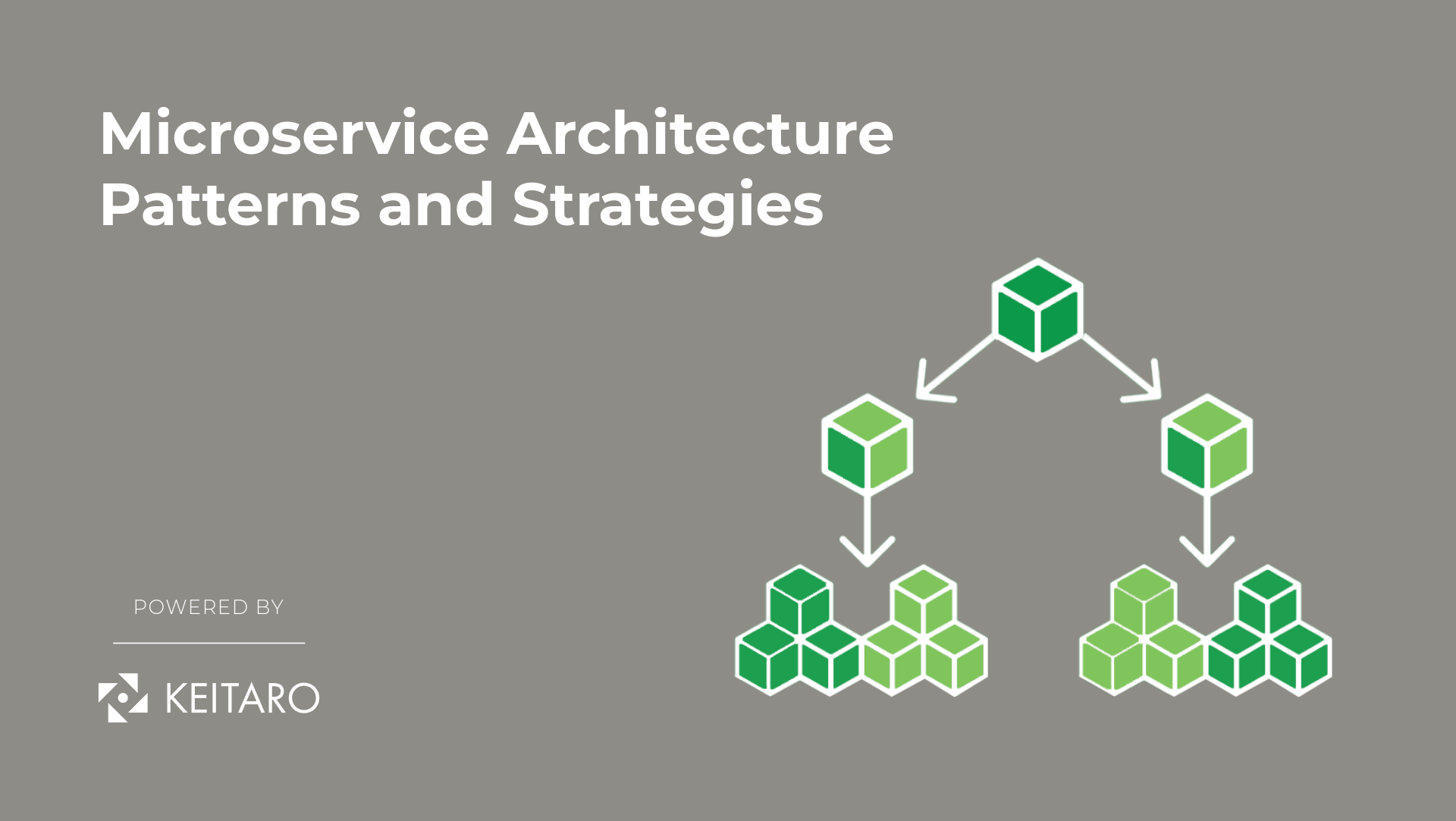Introduction
CI/CD security entails securing everything that runs through your development pipeline, but the pipeline itself could become a target. Put a stop to that with these CI/CD precautions.
Many companies make the transition from DevOps to DevSecOps by including continuous security validation into their CI/CD pipelines. A shift-left approach incorporates security into applications from the start, considerably reducing the probability of exploitable defects and vulnerabilities being introduced into commercial versions of their code. Security testing occurs at the conclusion of the development lifecycle in this process flow. However, the CI/CD pipeline is vulnerable to cyber-attacks and exploitation. Because of its access to proprietary code, databases, credentials, secrets, and development and production settings, it is a valuable target for hackers. This is a growing concern for many DevOps-driven companies.
What are the 5 best practices to ensure a CI/CD pipeline’s security?
Let’s take a look at the 5 best practices for ensuring the security of your CI/CD pipelines. Taking these preventative steps with these tips will help maintain the highest level of security.
1. Create a map of potential dangers and secure connections.
To begin, you must first determine what potential security threats exist and which weak points in the development and deployment process require additional safeguards. Conduct a threat modeling study to identify pipeline threats.
Every link in the CI/CD pipeline could lead to a security breach. Patch and scan all devices that connect to the pipeline on a regular basis, and block devices that do not match security policy requirements. Repositories and build servers should have their configurations locked down, and any scripted builds should be inspected for vulnerabilities.
2. Strictly limit who has access to what type of information
To govern all access to the CI/CD pipeline, create access control lists and rules — it should be easy to see who has access to what, when, and how. Whether access is role-based, time-based, or task-based, log, monitor, and manage access to every component and resource of the pipeline. Conduct frequent audits to ensure that ex-employees and superfluous machine or service accounts are deactivated or permissions are withdrawn. All users should be required to utilize strong authentication, and passwords should be refreshed on a regular basis. To safeguard nonhuman access in containers, machine identification and authentication are critical.
3. Distinguish responsibilities and enforce authorization
Because permissions might slow down or interfere with testing, development environments tend to be permissive when it comes to implementing the least privilege. Nonetheless, it’s critical to provide enforceable permissions for everyone who has access to the pipeline so that you can manage who may commit code changes to repositories, build containers, and deploy code to various environments. The least privilege also applies to pipeline applications, systems, and linked devices that need privileges or permissions to do their tasks.
4. Maintain secrecy
Secrets are authentication credentials that grant access to applications and services, such as usernames and passwords, API tokens, SSH keys, and encryption keys. They hold the keys to all of a project’s data and resources. If these credentials are not properly protected and used, they can lead to a significant data breach or theft of intellectual property. With a specialized key management service, you can control where your secrets are kept and who has access to them.
5. Keep your code repository secure
Businesses that self-host a Git-based code repository take a significant risk of a misconfiguration causing a vulnerability and exposing the pipeline to attack, as Nissan’s North American division recently discovered. Even a hosted version control solution, however, must ensure secure repository access. To prove the identity of the author, and preferably two persons, implement two-factor authentication and signed commits. Define access roles for particular repositories to ensure that only developers with valid access credentials can interact with them.
Final thoughts
As more and more companies are starting to embrace DevOps practices, it’s easy to get immersed into the various technologies that let you easily automate your whole infrastructure through a single CI/CD pipeline and forget about the usually overlooked aspect, which is security. It should be the basis of a single project and everything else should be built on top of it. By moving it earlier into the development cycle, we ensure less headaches and possibilities of unforeseen project costs due to the vulnerabilities we’ve never addressed.



